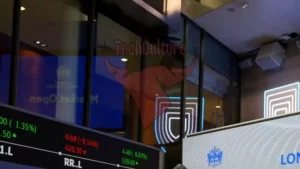Two weeks ago, few people outside of the tech industry had even heard of Silicon Valley Bank. This midsize California lender was relatively unknown until its rapid implosion shook the foundations of the entire global financial system. So why did almost everyone fail to predict this collapse?
The answer lies in a combination of factors, including Silicon Valley’s impressive track record and its ability to keep up with ever-changing trends in technology and finance. As a result, many investors were lulled into a false sense of security by their previous successes. Additionally, due to its size relative to larger banks such as JPMorgan Chase or Goldman Sachs, it was easy for analysts and regulators alike to overlook potential risks associated with investing in Silicon Valley Bank’s stock or lending them money directly.
Furthermore, the bank also relied heavily on complex derivatives products that made it difficult for outsiders to understand how they functioned. This lack of understanding meant that most people failed to realize just how vulnerable these investments could be when markets shifted suddenly. In conclusion, Silicon Valley Banks’ failure can largely attribute to poor oversight from both regulators and market analysts combined with an overreliance on risky derivative products.
Read more at CNN


